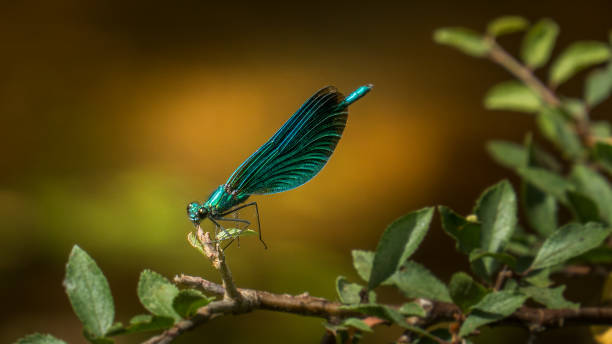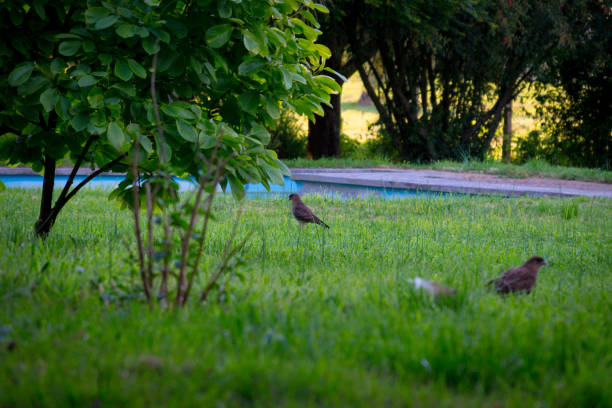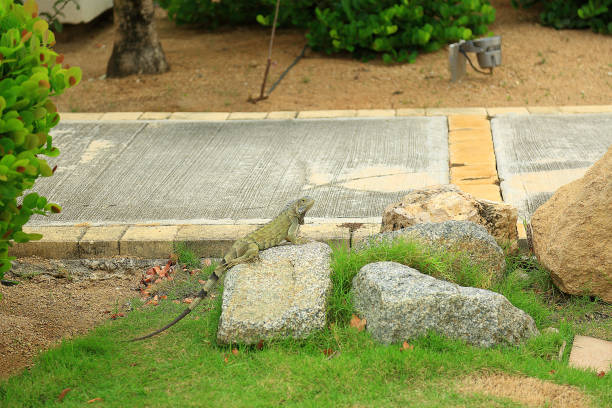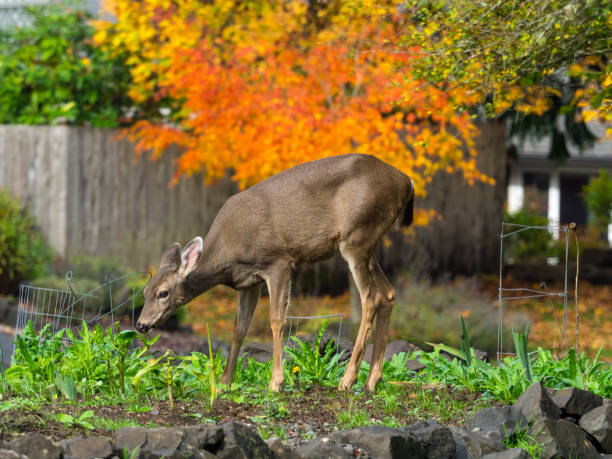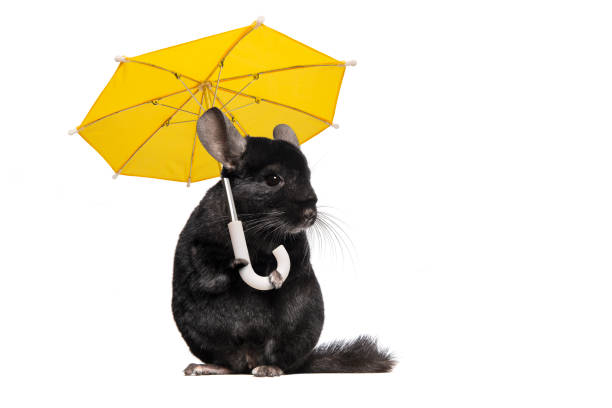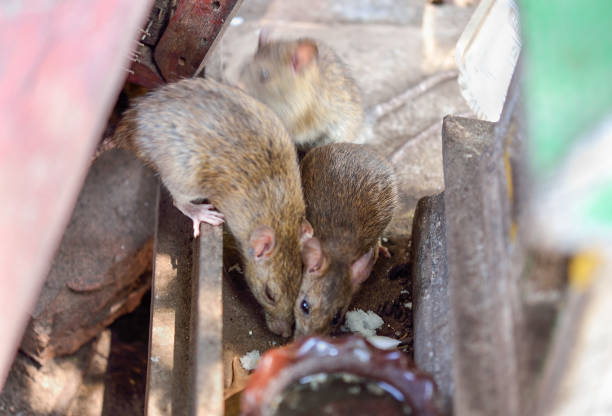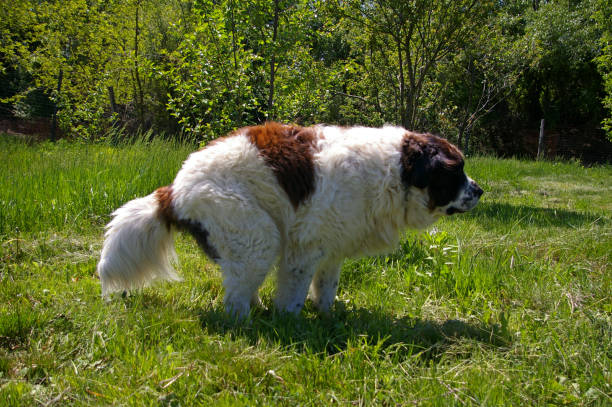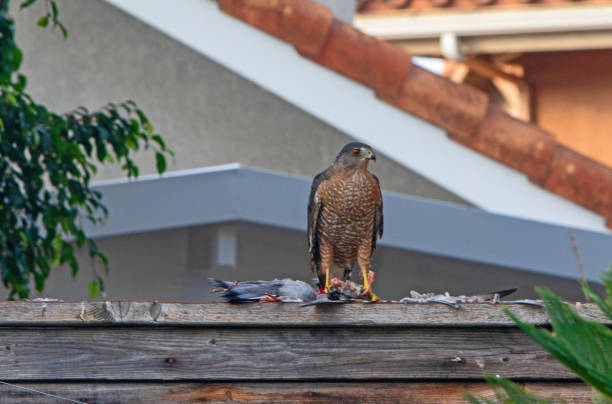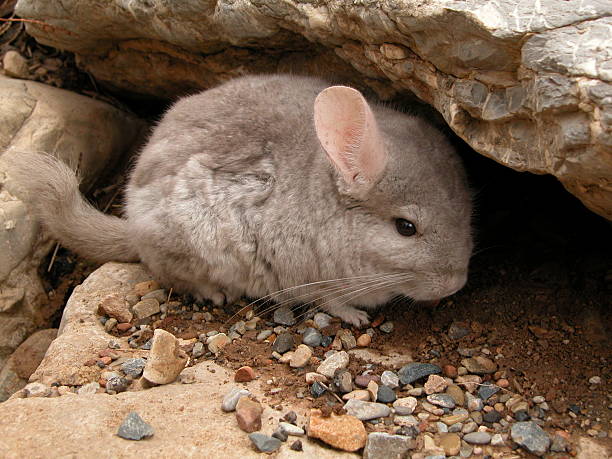A Lot of Dragonflies in My Yard
This post contains affiliate links. This means I will make a commission at no extra cost to you should you click through and make a purchase. Read the full disclosure here.Dragonflies are fascinating creatures that capture our attention with their vibrant colors and graceful flight. These insects have been around for millions of years and are found in various habitats worldwide. If you’ve noticed a lot of dragonflies in your yard, consider yourself lucky! In this article, we will explore the reasons why dragonflies are beneficial and how you can create a dragonfly-friendly yard to attract and enjoy these magnificent insects.
1. Dragonfly Behavior and Habitat
Dragonflies go through a remarkable life cycle that includes egg-laying, nymphal stages, and their final transformation into adult dragonflies. Their life span is relatively short, but they play a vital role in the ecosystem. Dragonflies are skilled predators, feeding on mosquitoes, flies, and other small insects. Their presence in your yard indicates a healthy environment and helps control pest populations naturally.
Dragonflies are commonly found near water sources such as ponds, lakes, and streams during their nymphal stages. As adults, they prefer open spaces with tall grasses and abundant vegetation. These areas provide suitable hunting grounds and safe locations for them to rest and lay their eggs.
2. Benefits of Having Dragonflies in Your Yard
Having a lot of dragonflies in your yard comes with numerous benefits. Let’s explore some of them:
a) Natural Pest Control
One of the significant advantages of dragonflies is their voracious appetite for mosquitoes and other bothersome insects. A single dragonfly can consume hundreds of mosquitoes per day, helping to keep their populations in check. By attracting dragonflies to your yard, you can effectively reduce the number of biting insects and enjoy your outdoor spaces without the annoyance of swarms of mosquitoes.
b) Indicators of a Healthy Ecosystem
Dragonflies are sensitive to changes in the environment, particularly water quality. Their presence in your yard signifies a healthy ecosystem with clean water and an abundance of insects. By creating a dragonfly-friendly habitat, you contribute to the overall well-being of your local environment.
c) Beauty and Visual Appeal
Dragonflies are enchanting creatures with their intricate wing patterns and vibrant colors. Their presence adds beauty and visual appeal to your yard, creating a captivating atmosphere. Observing these aerial acrobats as they zip around, hover, and land on nearby plants can be a delightful experience for both children and adults alike.
3. Creating a Dragonfly-Friendly Yard
To attract and support dragonflies in your yard, you can take several steps to create an environment that meets their needs. Consider the following guidelines:
a) Providing Water Sources
Dragonflies require water for both their nymphal and adult stages. Installing a small pond, birdbath, or even a shallow container of water in your yard can serve as a breeding ground and a source of hydration for these insects. Ensure that the water source has sloping sides or rocks for dragonflies to climb out easily.
b) Native Plants and Vegetation
Planting native species of aquatic and terrestrial plants is essential to attract dragonflies. Native plants provide shelter, perching spots, and suitable egg-laying sites. Choose a variety of plants that bloom at different times throughout the year to provide a continuous food source for both adult dragonflies and their nymphs.
c) Avoiding Pesticides
Pesticides can harm dragonflies and other beneficial insects. Minimize or eliminate the use of pesticides in your yard to create a safe haven for dragonflies. Instead, embrace natural pest control methods and encourage a balanced ecosystem that relies on the predatory nature of dragonflies.
4. Attracting Dragonflies to Your Yard
Now that you’ve created a dragonfly-friendly yard, you can take additional steps to attract these remarkable creatures:
a) Installing a Pond or Water Feature
Dragonflies are strongly attracted to water sources. If you have space, consider installing a small pond or water feature in your yard. Choose a sunny spot and incorporate rocks, floating plants, and shallow areas to provide ideal conditions for dragonfly larvae. The sound of trickling water will also add a serene ambiance to your outdoor space.
b) Planting Dragonfly-Friendly Plants
Selecting plants that dragonflies love will help draw them to your yard. Some popular choices include water lilies, iris, milkweed, and native grasses. These plants not only provide nectar for adult dragonflies but also serve as host plants for their eggs and provide hiding spots for nymphs.
c) Creating Shelter and Perching Spots
Dragonflies need places to rest and perch during their hunting expeditions. Incorporate tall grasses, rocks, and branches in your yard to create suitable perching spots. These elements will also serve as shelter from predators and harsh weather conditions.
5. Observing and Learning from Dragonflies
Once you have successfully attracted dragonflies to your yard, take the opportunity to observe and learn from these fascinating creatures. Here are some ways to engage with them:
a) Watching Their Flight Patterns
Dragonflies are agile fliers, capable of incredible aerial maneuvers. Spend time observing their flight patterns and the way they interact with their surroundings. You’ll notice their quick turns, dives, and hovering abilities. It’s a mesmerizing sight that can teach us about the wonders of nature.
b) Identifying Different Dragonfly Species
There are thousands of dragonfly species worldwide, each with its unique characteristics and colors. Invest in a field guide or use online resources to help identify the dragonfly species that visit your yard. This knowledge will deepen your appreciation for these creatures and allow you to contribute valuable data to conservation efforts.
c) Participating in Citizen Science Projects
Engage in citizen science projects that focus on dragonflies. These initiatives collect data on dragonfly populations, migrations, and behavior patterns. By participating, you can contribute to scientific research and help protect dragonflies and their habitats.
6. Common Misconceptions about Dragonflies
There are a few misconceptions about dragonflies that are important to address:
a) Dragonflies are Harmful or Dangerous
Contrary to popular belief, dragonflies are harmless to humans. They do not sting or bite, and their main purpose is to hunt and reproduce. Dragonflies are beneficial insects that pose no threat to people or pets.
b) They Sting or Bite
Dragonflies lack the ability to sting or bite with any significant impact. Their mouthparts are designed for capturing and consuming small insects, not for inflicting harm on humans. Enjoy their presence in your yard without any concerns about being bitten or stung.
7. Conclusion
Having a lot of dragonflies in your yard is a sign of a healthy and vibrant ecosystem. By creating a dragonfly-friendly habitat, you not only benefit from natural pest control but also contribute to the conservation of these captivating insects. Providing water sources, native plants, and avoiding pesticides are key steps to attract and support dragonflies. Take the time to observe and learn from these remarkable creatures, and remember that dragonflies are harmless and fascinating additions to your outdoor space.
8. FAQs (Frequently Asked Questions)
Can dragonflies harm my plants or garden?
No, dragonflies are beneficial insects that primarily feed on mosquitoes and other small insects. They do not pose a threat to plants or gardens.
How long do dragonflies live?
The lifespan of a dragonfly varies depending on the species, but most adult dragonflies live for a few weeks to a few months.
Do dragonflies migrate?
Some dragonfly species undertake long-distance migrations, but not all species exhibit migratory behavior. Migration patterns can vary depending on the species and geographical location.
Are dragonflies endangered?
While certain dragonfly species may be endangered or threatened, many species are relatively stable. It is important to protect their habitats and ensure their conservation for future generations to enjoy.
Can I keep dragonflies as pets?
It is not recommended to keep dragonflies as pets. They are wild insects that thrive in their natural habitats. Enjoy their presence in your yard and let them contribute to the balance of your local ecosystem.

